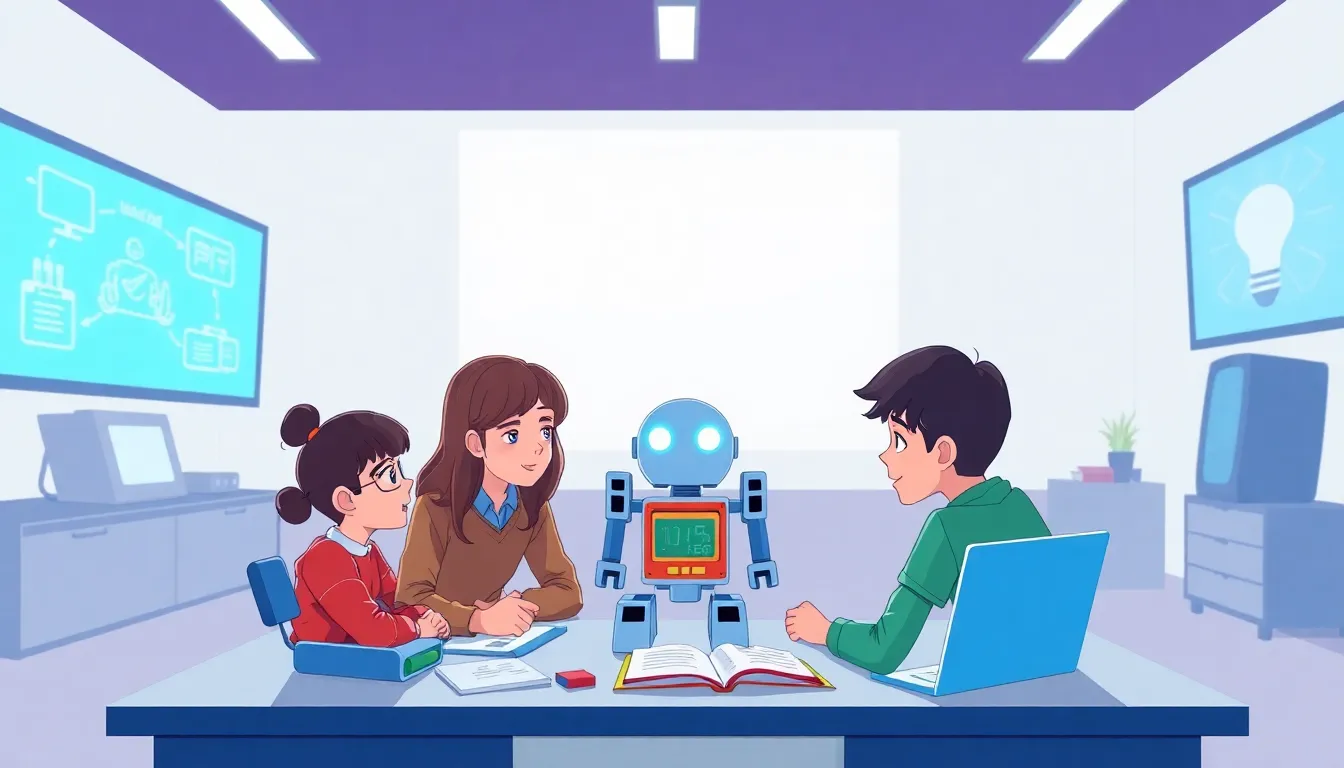
Build Your First Robot: A Hands‑on Guide for Teens 🤖
Introduction
Welcome to the exciting world of building simple, programmable robots today.
You will learn basic parts, how they work together, and why engineers love them.
1. Understanding Core Components
Every robot needs a Microcontroller, the brain that follows your code.
Popular choices for beginners include Arduino Uno and micro:bit boards.
Sensors act like robot eyes, detecting light, distance, or temperature changes.
Motors transform electrical signals into motion, turning wheels or gears.
Power supplies such as batteries provide the energy needed for movement.
2. Designing a Simple Line‑follower
A line‑follower robot uses two light sensors to stay on a dark path.
First, sketch the robot’s shape on graph paper, noting sensor placement.
Next, connect the sensors to the microcontroller’s analog input pins.
Write a short program that reads sensor values and adjusts motor speed.
If the left sensor sees dark line, increase right‑motor speed to turn left.
Test the robot on a printed black‑white track, observing its corrections.
3. Critical Thinking and Real‑world Applications
Why do delivery drones need similar sensor‑motor loops?
Think about how self‑driving cars use lidar and cameras for navigation.
Consider how agricultural robots follow crop rows to plant seeds efficiently.
These examples show that the same basic principles scale to complex machines.
4. Connecting to Current Events
In 2024, NASA announced a rover prototype that builds structures on Mars.
The rover relies on tiny line‑following algorithms to navigate rocky terrain.
Your classroom robot mirrors this technology on a much smaller scale.
Understanding these links helps you see how today’s hobby projects influence tomorrow’s discoveries.
Mini Quiz & Experiment
Quiz (Choose One Answer):
-
Which component stores the robot’s instructions?
a) Battery b) Motor c) Microcontroller d) Sensor -
If both sensors detect a dark line, the robot should:
a) Stop b) Turn left c) Turn right d) Move straight
Experiment:
- Build the line‑follower using a micro:bit, two photo‑resistors, and two small wheels.
- Replace one sensor with a temperature sensor and observe how the robot reacts to a warm spot on the track.
- Record which sensor changes cause the robot to veer left or right, then explain the behavior in a short paragraph.
Conclusion
Building a simple robot teaches coding, electronics, and problem‑solving all at once.
Now you have tools to design, test, and improve your own creations.
Keep experimenting, ask “what if” questions, and imagine robots helping in hospitals, oceans, or space.
Your next invention could be the one that changes the world—start building today!